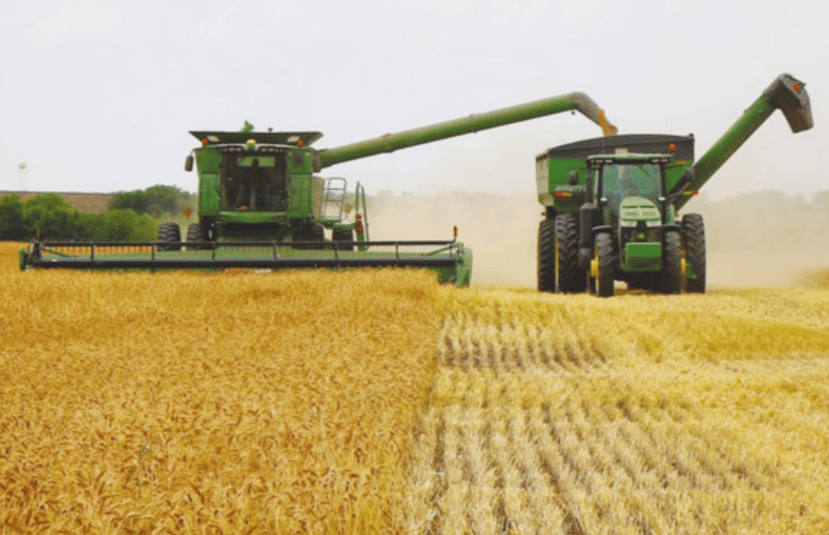U.S. Wheat Prices Drop to Five-Year Lows, Forcing Farmers to Abandon Harvest Across Key States
In May, amidst a foggy morning in northern Oklahoma, Dennis Schoenhals led a group of crop scouts through wheat fields, conducting routine health evaluations. Yet, unlike in previous years, many farmers, including Schoenhals, had already decided to forgo harvesting the grain for sale. This decision is a direct consequence of wheat prices falling to five-year lows, compelling producers across the U.S. wheat belt—from Texas to Montana—to alter traditional farming strategies.
The sharp price decline has triggered widespread adjustments in planting and harvesting decisions, affecting crop output and agricultural economics in states critical to the wheat market.
Causes and Consequences of Wheat Price Collapse in the U.S. Wheat Belt
Several factors have converged to depress U.S. wheat prices, including global oversupply, shifting demand dynamics, and adverse weather conditions. The combination of lower international demand, competition from other grain-exporting countries, and increased production costs due to inflation has squeezed margins for American farmers.
As a result, many producers have chosen to minimize losses by abandoning the traditional wheat harvest. Alternatives such as baling wheat into hay for livestock feed, plowing fields under to preserve soil fertility, or converting land for grazing have become economically preferable.
This shift not only reduces the immediate wheat output but also signals longer-term implications for U.S. wheat production capacity and export competitiveness. Nebraska exemplifies this trend, where wheat acreage has declined to less than half its size compared to 2005, reflecting a sustained downward trajectory.

Quick Facts
🌾 Wheat prices have fallen to their lowest level in five years.
🚜 Farmers in Oklahoma, Texas, Montana, and Nebraska are cutting back harvests.
🌱 Alternatives include baling wheat for hay, plowing under fields, or grazing animals.
📉 Nebraska's wheat acreage is now less than 50% of 2005 levels.
📈 Price pressure driven by global oversupply and changing demand patterns.
Market and Agricultural Community Reactions
The wheat price decline has elicited concern from the agricultural sector and commodity markets alike. Traders monitoring the Chicago Board of Trade (CBOT) wheat futures have noted increased volatility as farmers' reduced output could tighten supplies in the medium term if alternative land use persists.
Agricultural economists warn that sustained low prices may encourage a shift in crop patterns, with farmers pivoting to more profitable grains such as corn or soybeans (ticker: CORN/USD, SOYB/USD), potentially altering the crop mix and impacting grain market balance.
Government support programs and subsidies may help mitigate immediate economic pain, but structural changes in U.S. wheat production are likely if price trends do not reverse.

Key Points
Prolonged wheat price slump pressures farmers to seek alternative land use.
Reduced wheat acreage could lead to supply tightening and price rebound risks.
Global wheat market oversupply remains a key factor suppressing prices.
Crop diversification by farmers threatens traditional wheat belt dominance.
Commodity markets reflect uncertainty, with futures showing increased volatility.
Implications of U.S. Wheat Price Decline on Agriculture and Markets
The recent plunge in wheat prices to five-year lows is reshaping the agricultural landscape across the U.S. wheat belt. Farmers’ strategic decisions to abandon traditional harvesting in favor of alternatives such as hay production or grazing highlight the economic pressures confronting the sector.
This development underscores the interconnectedness of global supply-demand dynamics, commodity pricing, and domestic agricultural practices. If current trends persist, the U.S. may witness a structural shift in wheat production that could reverberate through commodity markets and food supply chains, emphasizing the need for adaptive strategies in both farming and market forecasting.















Comments
It's disheartening to see farmers having to rethink their strategies in response to such low wheat prices.